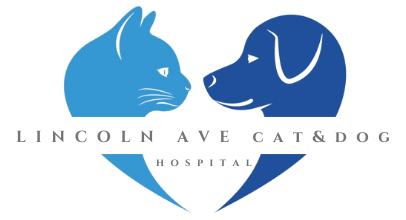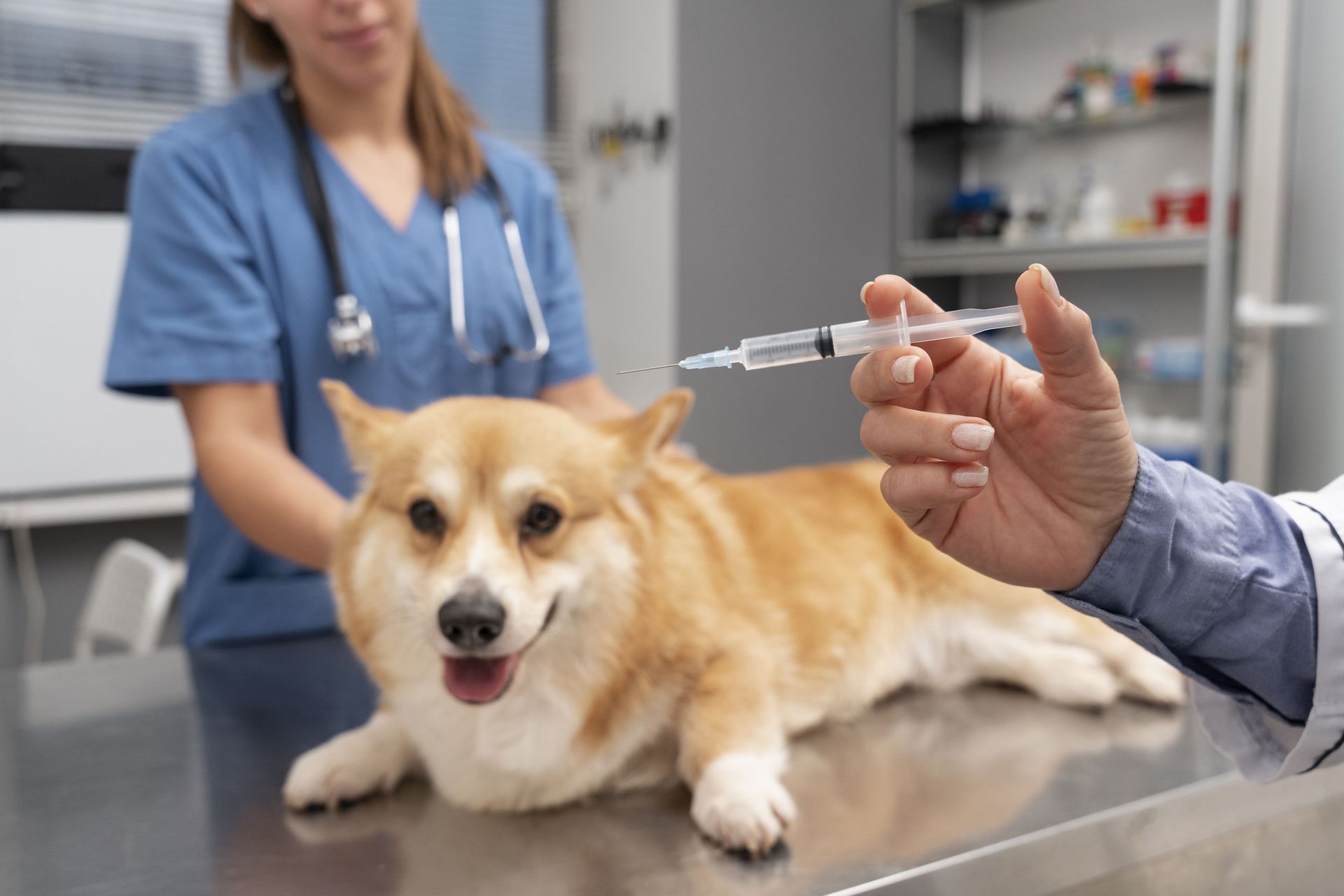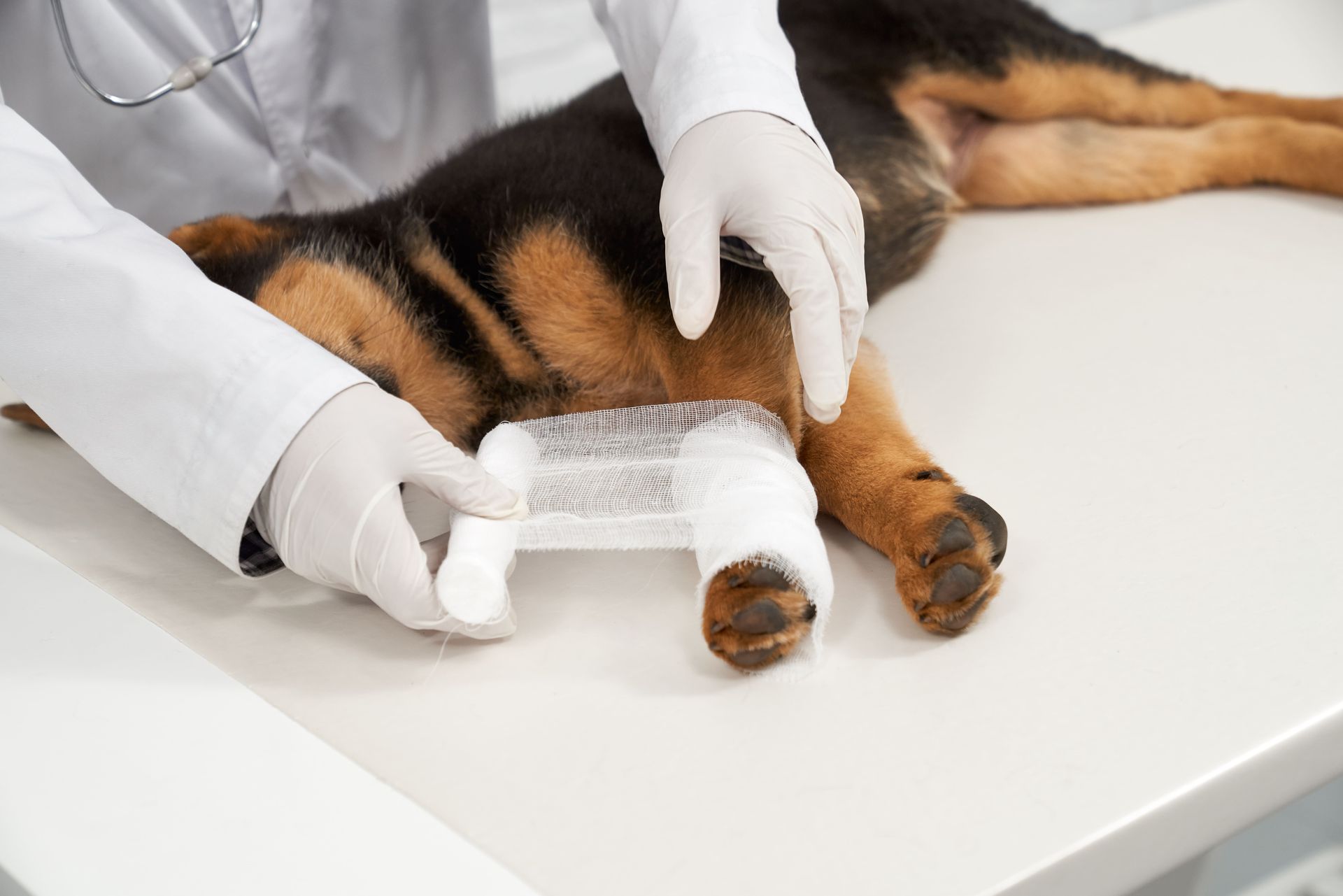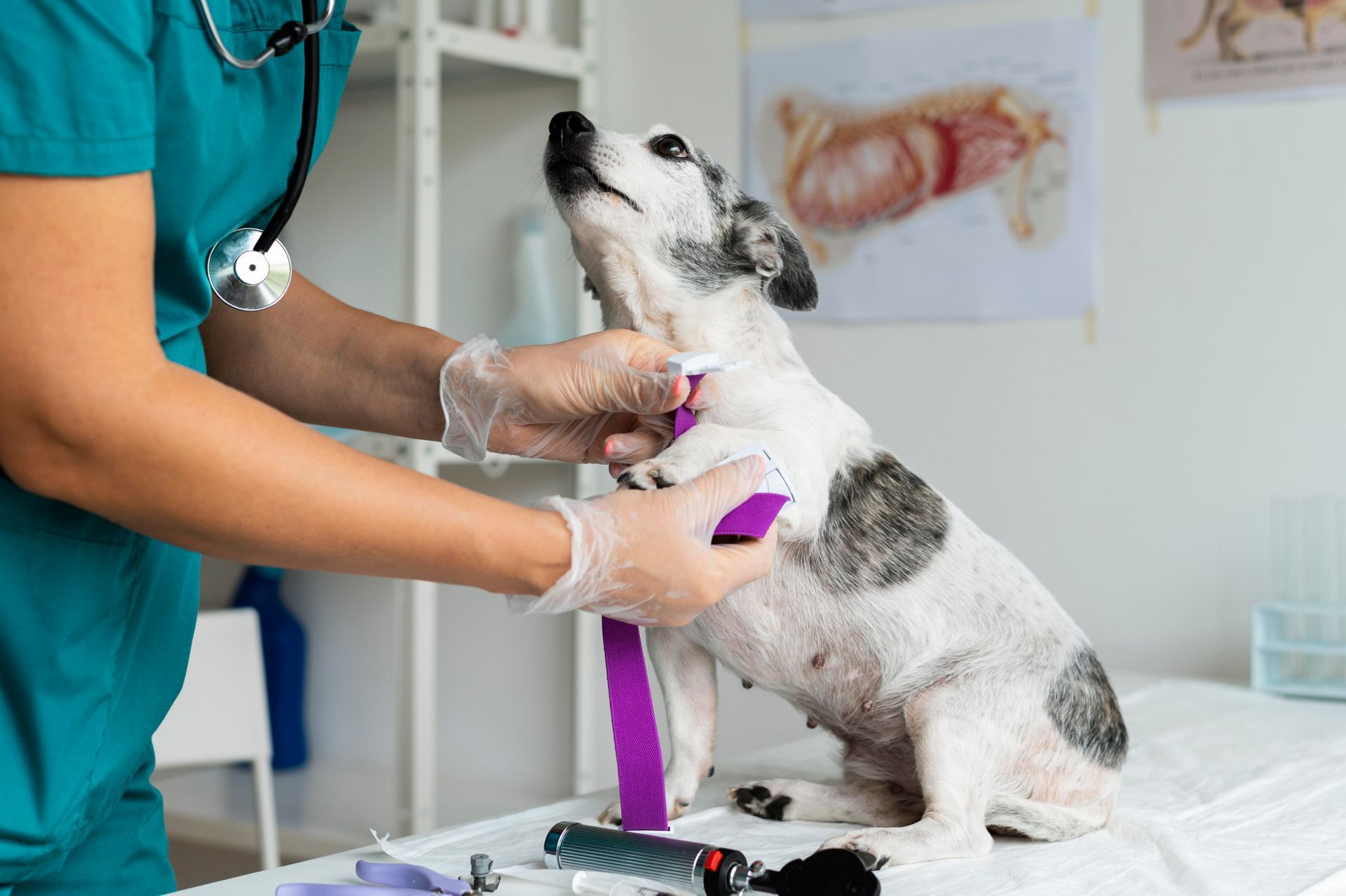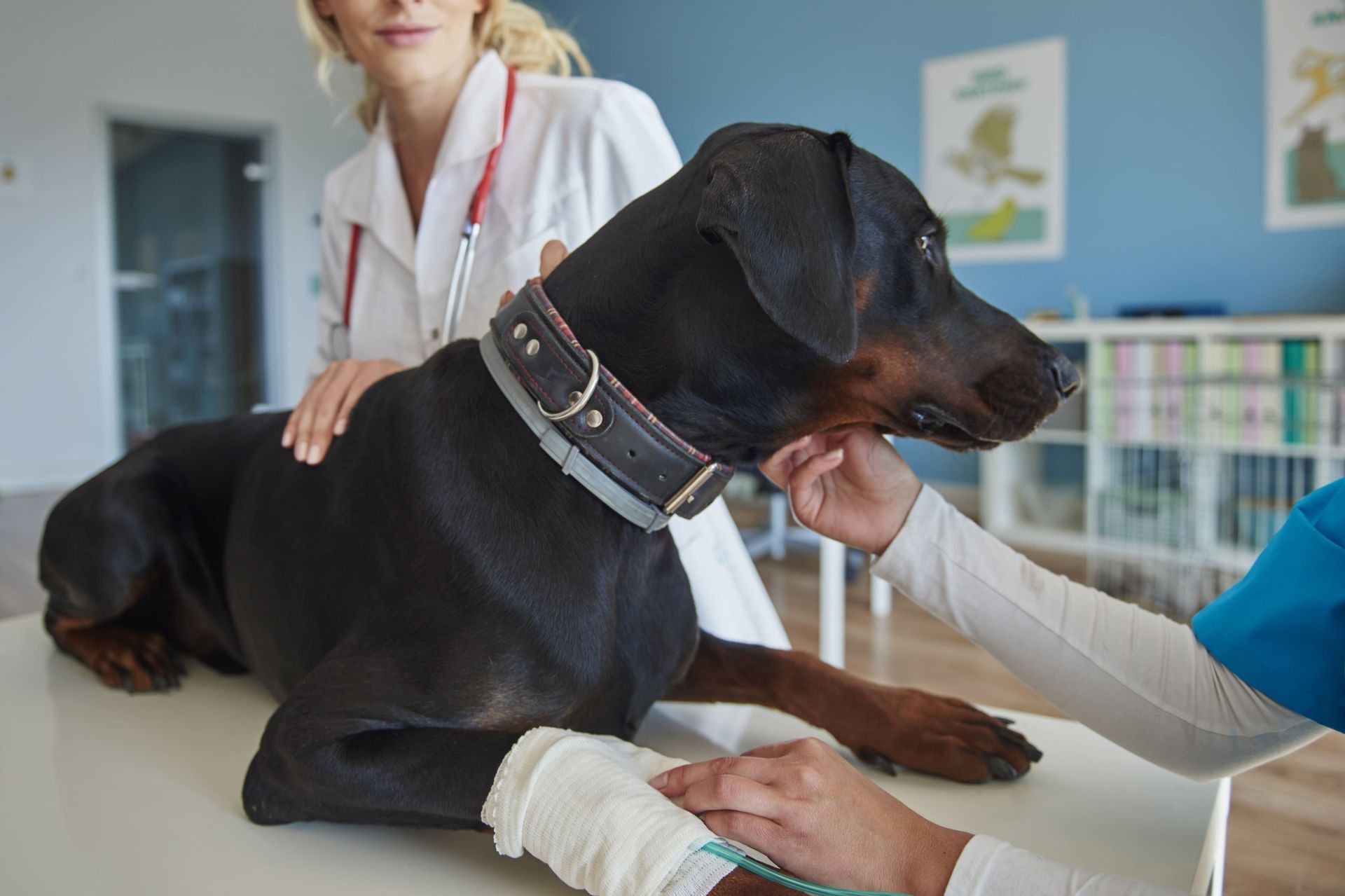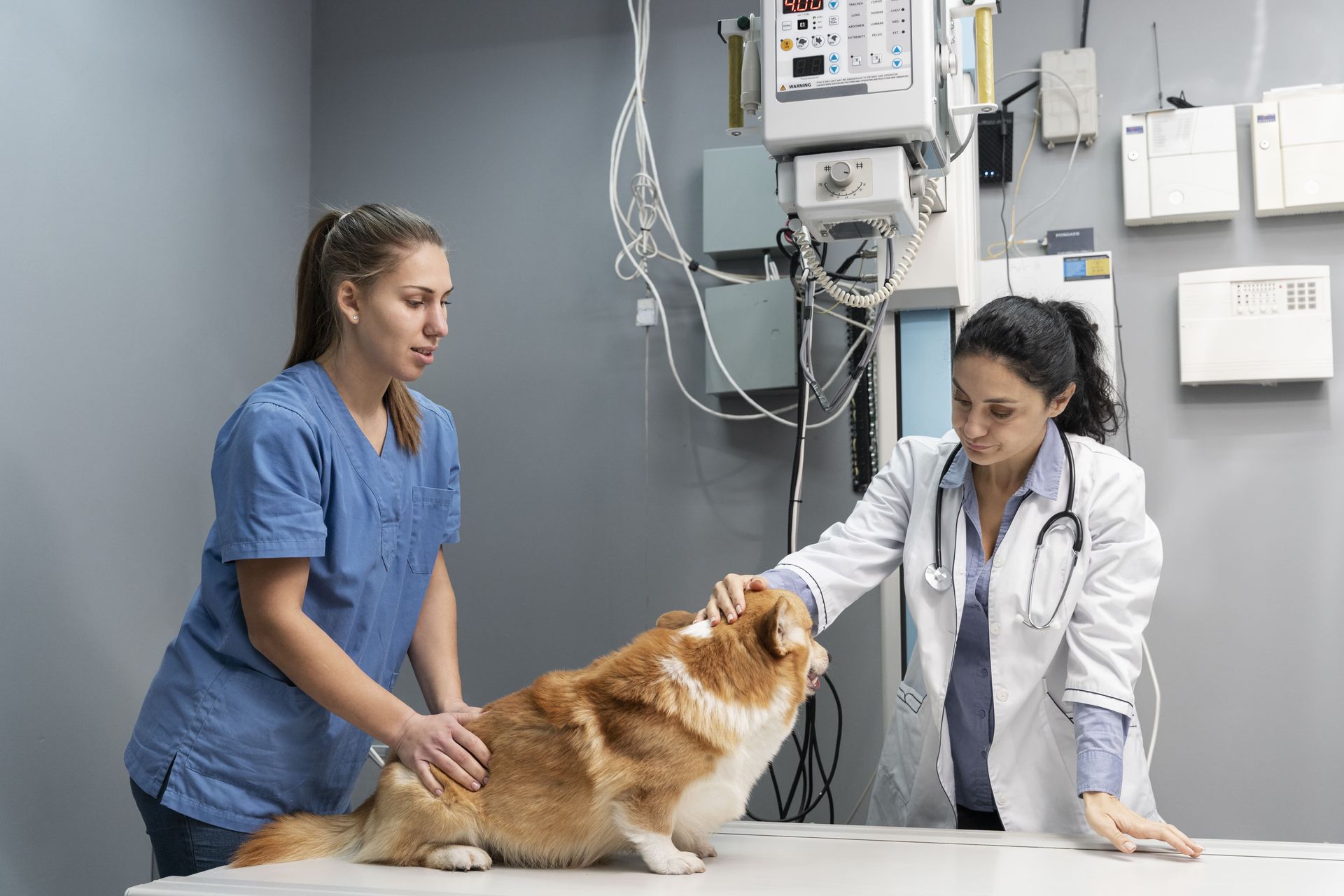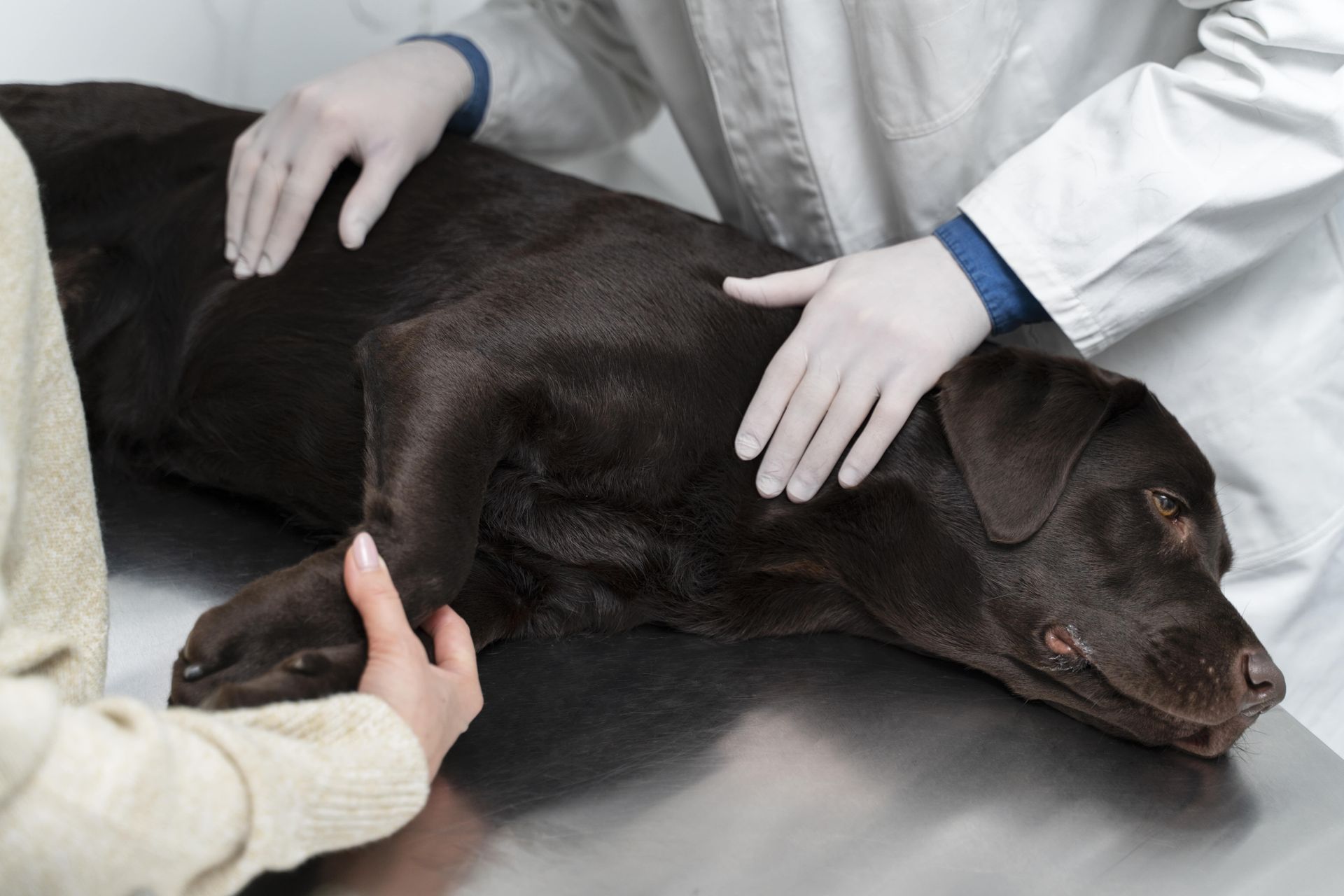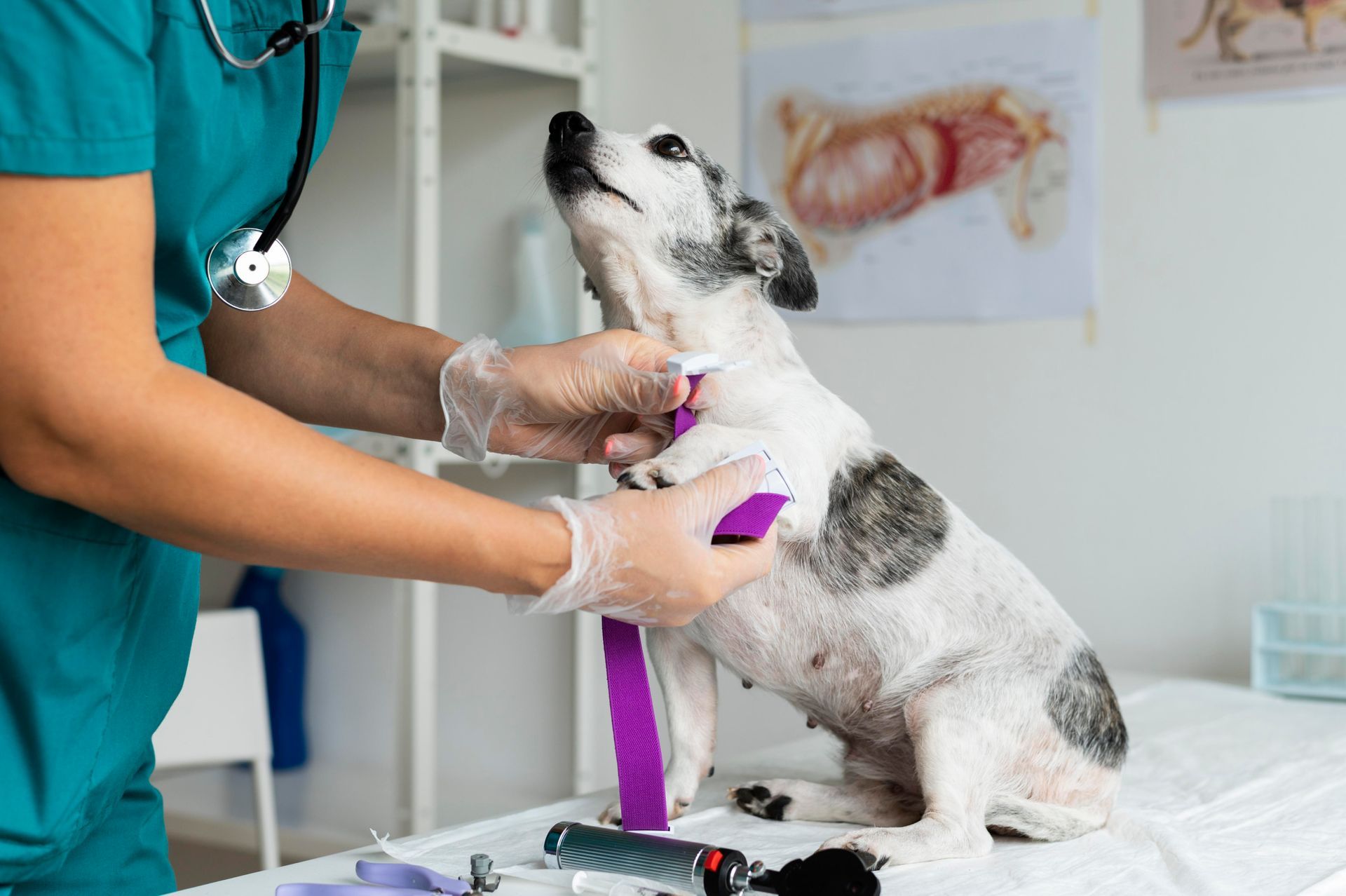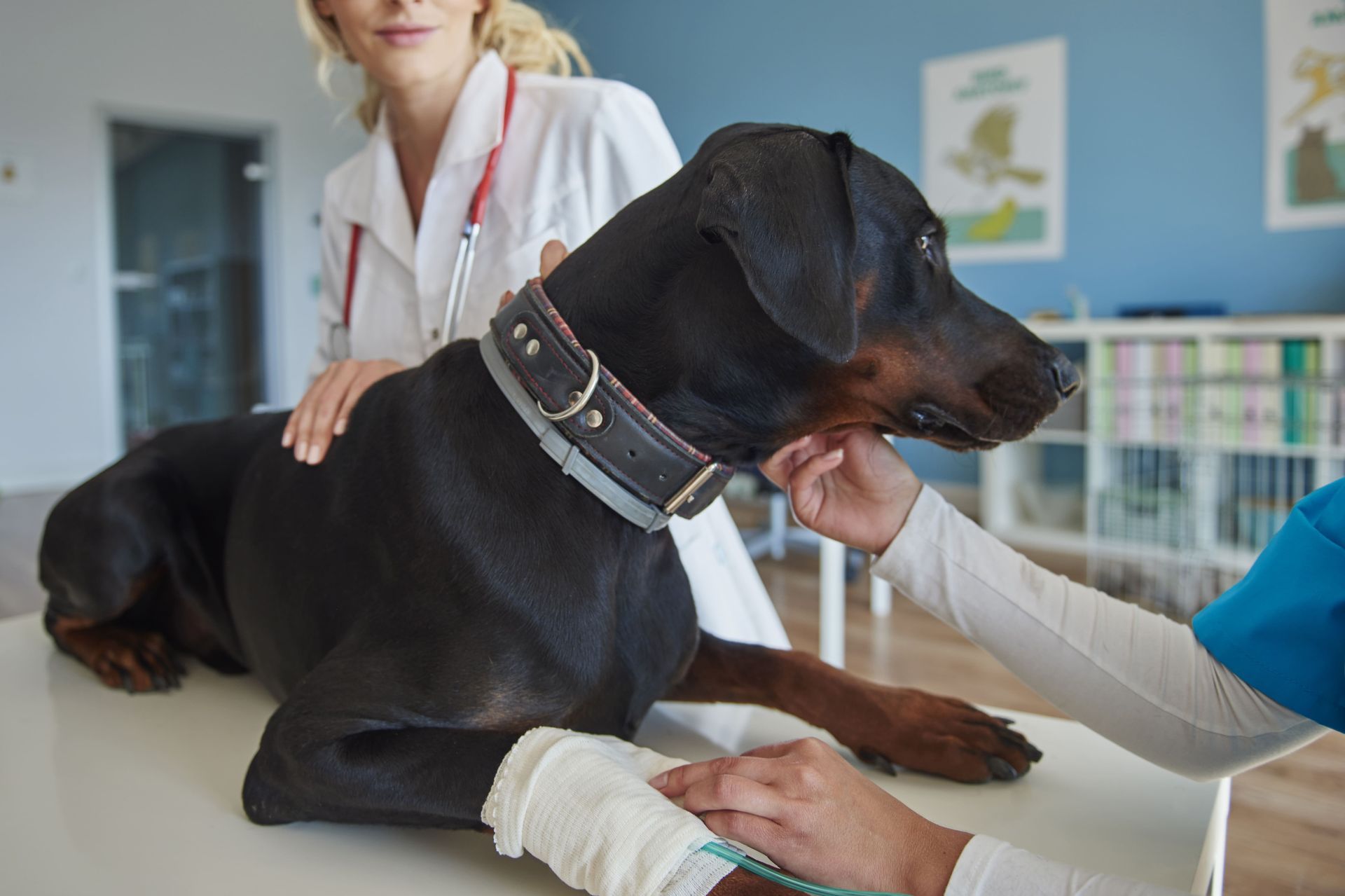ACL Surgery for Dogs: What Every Pet Owner Needs to Know!
Imagine waking up one morning to find your usually bouncy, tail-wagging best friend limping around the house, unable to jump onto the couch or chase after their favorite toy. For many dog owners, this heartbreaking sight is often the first sign of a torn ACL. While ACL injuries are commonly linked with human athletes, dogs are just as susceptible — especially active breeds or aging pets with weakened joints. Seeing your dog in pain is every pet parent’s nightmare, but the good news is that veterinary medicine has advanced remarkably over the years. Today, ACL Surgery for Dogs has become a trusted and effective solution that restores mobility and quality of life for countless canine companions. If your dog has been diagnosed with a torn ACL or you suspect it might be suffering from one, this guide will help you understand every detail about ACL Surgery for Dogs, from symptoms and diagnosis to recovery and the best care options available.
Understanding the ACL in Dogs
Before you can appreciate why ACL Surgery for Dogs is often necessary, it helps to understand how the ACL works. In dogs, the ACL — technically called the cranial cruciate ligament (CCL) — is similar to the anterior cruciate ligament in humans. This ligament is one of the key stabilizers of the knee joint, keeping the femur (thigh bone) and tibia (shin bone) aligned during movement.
When the ligament tears or ruptures, the knee becomes unstable, leading to inflammation, pain, and difficulty bearing weight. Unlike humans who might tear their ACL during intense sports, dogs often damage theirs gradually due to degeneration over time or sudden twisting motions while playing, running, or jumping.
Common Signs Your Dog May Need ACL Surgery
Recognizing the signs early can make a big difference in your dog’s outcome. Here are some telltale signs your pet may need ACL Surgery for Dogs:
- Persistent Limping: Your dog may favor one leg and avoid putting weight on it.
- Difficulty Rising: Getting up from a sitting or lying position can become a struggle.
- Decreased Activity: You might notice your once-energetic dog now avoids running or playing.
- Knee Swelling: Look for swelling or thickening around the knee joint.
- Pain Response: Your dog may yelp, flinch, or pull back when you touch the knee area.
If you spot any of these signs, it is crucial to consult your vet promptly. Delaying treatment may worsen the damage and increase the risk of arthritis.
Diagnosing a Torn ACL in Dogs
When you bring your dog to the vet for an evaluation, they will typically perform a thorough physical examination. A common test is the drawer test, where the vet checks for abnormal movement in the knee joint. Imaging such as X-rays may be used to rule out fractures or other joint issues.
In some cases, advanced imaging like MRI may be recommended, especially if other ligaments or cartilage could be involved. Once confirmed, your vet will explain whether ACL Surgery for Dogs is the best course of action for your dog’s size, breed, age, and activity level.
Why Non-Surgical Options Often Fall Short
Many pet parents initially hope to avoid surgery, wondering if rest, braces, or medication could be enough. While mild injuries or partial tears might improve with conservative treatment like strict rest and anti-inflammatory medications, these solutions rarely provide a lasting fix for significant tears.
Without ACL Surgery for Dogs, the knee remains unstable. This ongoing instability causes friction and damage to the cartilage and surrounding tissues, leading to painful arthritis and, in many cases, injury to the opposite knee due to overcompensation. This is especially common in medium to large breeds, which put more stress on their joints.
Popular Types of ACL Surgery for Dogs
When your vet recommends ACL Surgery for Dogs, you will typically be presented with one of the following options. The choice depends on your dog’s size, age, health, and lifestyle.
1. TPLO (Tibial Plateau Leveling Osteotomy)
TPLO is considered the gold standard for many dogs, especially large breeds or very active pets. In this procedure, the surgeon cuts and rotates the tibial plateau to change the angle of the knee joint. By leveling this slope, the knee no longer needs the ACL to stabilize it during weight-bearing.
TPLO has a high success rate and allows many dogs to return to full activity, including agility sports.
2. TTA (Tibial Tuberosity Advancement)
The TTA is another advanced surgical option. It works by cutting and moving the tibial tuberosity (a part of the shin bone) forward and securing it with a titanium implant. This changes the forces in the knee and stabilizes it without the ACL.
TTA is less invasive than TPLO and is highly effective for many dogs with ACL injuries.
3. Lateral Suture Technique (Extracapsular Repair)
This method is often recommended for small to medium dogs weighing under 50 pounds. A strong suture is placed outside the joint to mimic the function of the torn ligament, stabilizing the knee as it heals.
The lateral suture technique has a shorter surgery time and is cost-effective, but it may not hold up as well in larger, more active dogs.
The Recovery Journey: What to Expect
Recovery from ACL Surgery for Dogs requires dedication and patience from pet owners. Here’s a general outline of what to expect:
First Two Weeks:
This is the critical healing phase. Your dog will likely wear an e-collar to prevent licking the incision. Strict rest is essential — limit movement to bathroom breaks on a leash. Pain medications and antibiotics are usually prescribed.
Weeks 3 to 6:
Gradual reintroduction of controlled movement begins. Short leash walks are encouraged, and your vet may recommend gentle range-of-motion exercises.
Weeks 7 to 12:
Your dog will likely be walking more normally and bearing weight on the leg. Some dogs may begin low-impact rehab exercises like hydrotherapy to strengthen muscles safely.
Months 3 to 6:
Most dogs regain near-normal function by this stage. However, complete healing can take six months, and some dogs may benefit from continued physical therapy.
Consistent follow-ups with your vet are key to ensuring the surgery site heals well and that your dog’s knee remains stable.
Cost of ACL Surgery for Dogs
Understanding the financial commitment is important. The cost of ACL Surgery for Dogs generally ranges from $3,000 to $6,000 per knee, depending on the procedure, your location, and your dog’s size. This cost typically includes pre-surgical bloodwork, anesthesia, surgical materials, medications, and post-op visits.
While this investment might feel significant, remember that a successful ACL Surgery for Dogs helps prevent long-term pain, costly arthritis treatments, or further surgeries down the line.
Preventing Future ACL Injuries
While no one can guarantee your dog will never tear an ACL again, you can lower the risk by following these steps:
- Maintain Healthy Weight: Excess weight puts more stress on joints.
- Provide Low-Impact Exercise: Swimming is an excellent way to strengthen muscles without putting strain on the knees.
- Use Ramps: Help your dog get in and out of cars or onto furniture with ramps to avoid awkward jumps.
- Monitor Play: Avoid excessive rough play or sudden stops and turns on hard surfaces.
- Regular Vet Visits: Early detection of joint issues can prevent more serious injuries.
Why Choosing the Right Vet Matters
Not every veterinary clinic offers advanced orthopedic care. Choosing a trusted veterinary hospital with experienced surgeons and modern facilities is vital for a successful outcome. The skill of the surgeon, quality of anesthesia, pain management, and post-op rehab all impact your dog’s recovery.
Lincoln Ave Cat and Dog Hospital: Your Trusted Partner for ACL Surgery for Dogs
At Lincoln Ave Cat and Dog Hospital, we understand how distressing it is to see your beloved pet in pain and struggling to move. Our team offers advanced ACL Surgery for Dogs and uses the latest surgical techniques to deliver the best possible results. We combine state-of-the-art equipment, an experienced team, and customized post-op care plans to help your dog heal safely and comfortably. From the first consultation to the final rehab session, we treat your pet like our own. We believe every dog deserves to run, jump, and play without pain. If you’re looking for the most trusted provider of ACL Surgery for Dogs in New Jersey, we’re here to guide you every step of the way.
FAQs
Q-1. How soon should my dog have ACL Surgery for Dogs after diagnosis?
Ans: It’s best not to delay. Early surgery helps prevent further joint damage and speeds up recovery.
Q-2. Is ACL Surgery for Dogs painful?
Ans: Your vet will use modern pain management techniques to keep your dog comfortable during and after surgery.
Q-3. Can my dog have ACL Surgery for Dogs if it’s a senior?
Ans: Many older dogs benefit greatly from ACL surgery. Your vet will evaluate your pet’s overall health to ensure it’s safe.
Q-4. What happens if I don’t do ACL Surgery for Dogs?
Ans: Without surgery, the knee remains unstable, leading to chronic pain, severe arthritis, and reduced quality of life.
